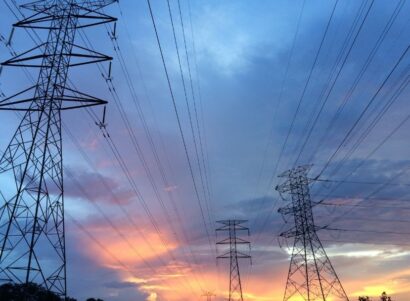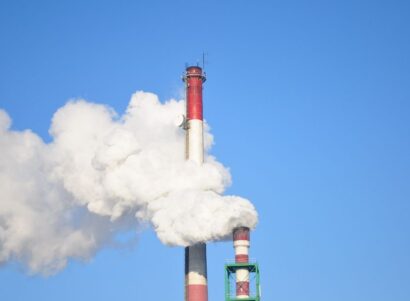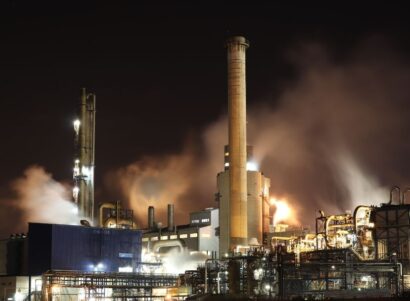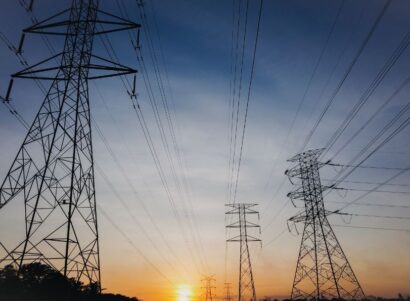Overview
In 2015, a well blowout at the SoCalGas-operated Aliso Canyon Underground Gas Storage Facility in Southern California released more than 109,000 metric tons of methane to the atmosphere over 4 months. At the time, the event was widely considered the largest single-source release of methane in U.S. history—spewing the equivalent greenhouse gas emissions of six coal-fired power plants into the atmosphere and forcing thousands of residents to evacuate.
California utilities rely on underground gas-storage facilities to provide a consistent supply of natural gas. Natural gas is primarily methane, which is a potent greenhouse gas that is also highly flammable and explosive. It is stored under high pressure in the state’s depleted oil and gas fields.
In the wake of the blowout at the Aliso Canyon facility, California Senate Bill 826 directed the California Public Utilities Commission to designate funds for an independent scientific assessment of the risks associated with the state’s underground gas-storage facilities, including human-health dimensions. In collaboration with colleagues at UC Berkeley, Lawrence Berkeley National Lab, and the National Institute of Standards and Technology, researchers at PSE Healthy Energy led the public health assessment in this study. The California Council on Science and Technology released Long-Term Viability of Underground Natural Gas Storage in California: An Independent Review of Scientific and Technical Information on January 18, 2018.
Findings
PSE researchers and their colleagues found that explosions, fires, and toxic air pollutant emissions are the top human-health risks associated with California’s underground natural-gas storage system. In addition, workers at these storage facilities and residents of neighboring communities may be exposed to elevated concentrations of health-damaging pollutants like formaldehyde, sulfur odorants (e.g., mercaptans), and benzene—chemicals that are associated with health issues such as nausea, dizziness, headaches, respiratory illness, and some cancers. These chemicals are emitted during both routine operations and uncontrolled blowouts at these facilities.
The study authors also found that airborne toxins pose human-health hazards that expand beyond the geographic boundaries of underground gas-storage facilities. Workers are likely exposed to more elevated concentrations of hazardous chemicals and are at highest risk of injury from fires and explosions. Additionally, facilities near dense population centers pose hazards and risks to a greater number of individuals, including vulnerable populations such as children and the elderly.
The study authors make several policy and research recommendations that could help to mitigate the health-related hazards these facilities pose including, but not limited to:
- Install site-specific meteorological-data equipment at each facility to track, in real-time, the direction of emissions, and which populations may be impacted;
- Deploy technologies that decrease emissions of formaldehyde, particulate matter, and other air pollutants;
Install electric-powered rather than gas-powered compressors, a change that would decrease formaldehyde emissions during routine operations; - Implement minimum setback distances between gas-storage facilities and schools, businesses, and residential areas to decrease exposures to air pollutants, fires, and explosions;
- Fully disclose the chemical composition of stored-gas at every underground gas-storage facility in the state.
The lack of disclosure laws covering gas, chemical additives, and other components of gas-storage operations impeded the health investigation, the report says. In a noteworthy appendix (Appendix 1.E) the authors describe difficulties in accessing data they requested on these and related topics.
Available evidence strongly suggests that the Aliso Canyon blowout caused widespread health symptoms in the nearby population. PSE researchers and their health assessment co-authors note, however, that more analysis is necessary to fully understand specific causes of many of the reported and possible future human-health impacts, both related to the 2015 Aliso Canyon incident and for future routine operations and larger events associated with underground gas storage in California.

 Full Report
Full Report
 Public Health Assessment
Public Health Assessment






